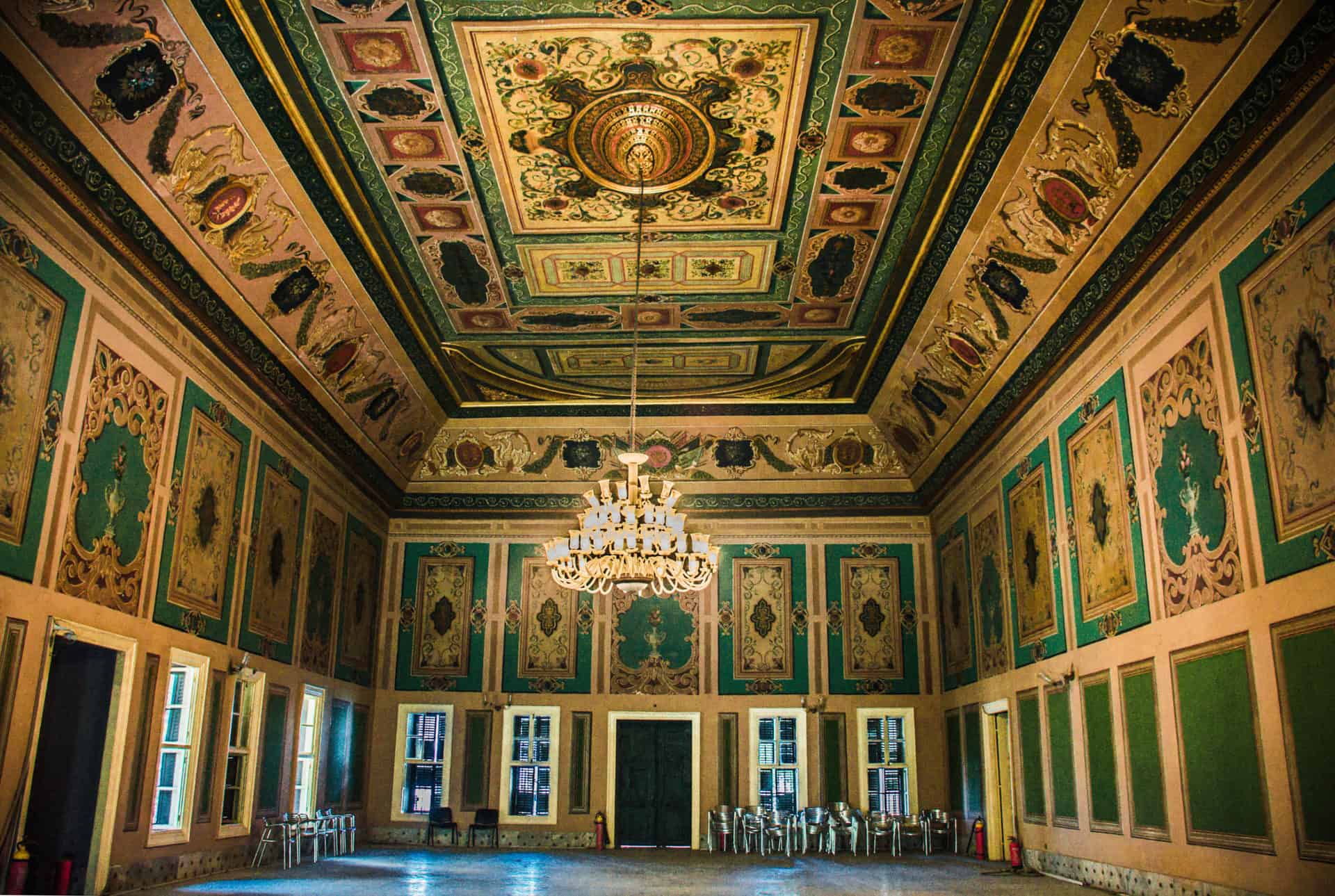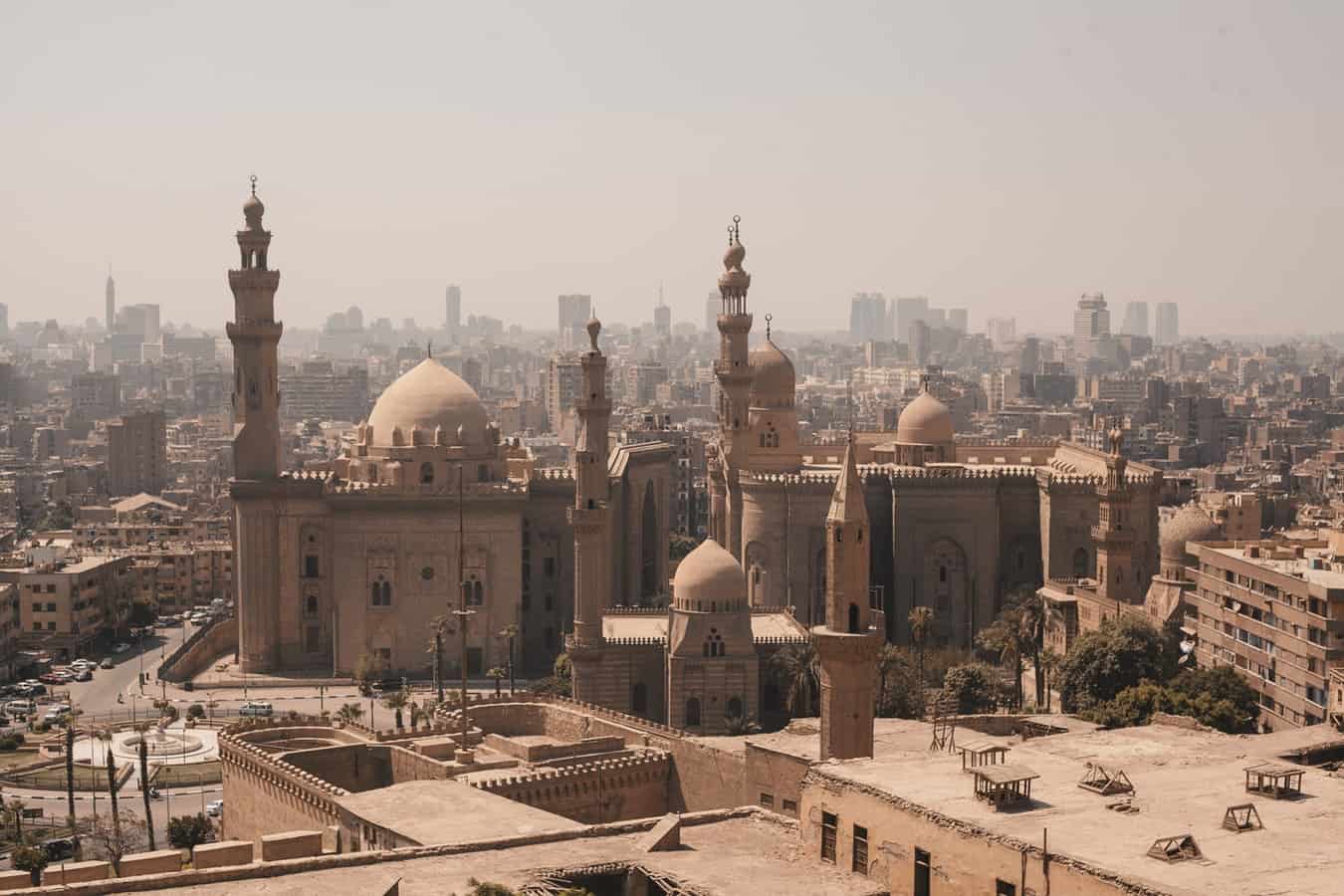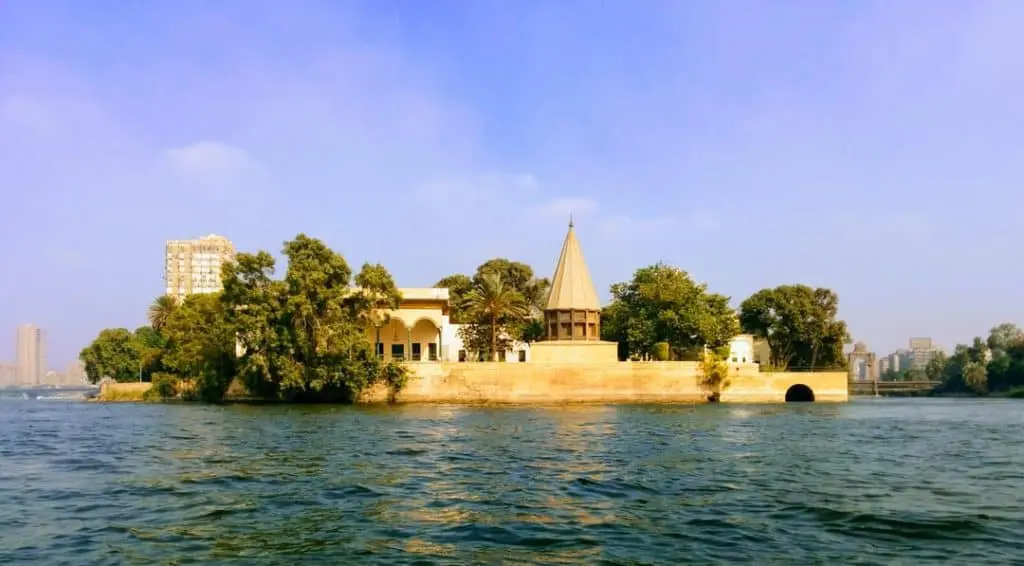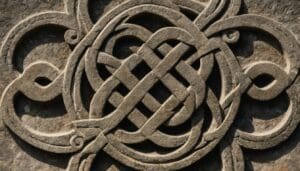El Manasterly Palace

Updated On: March 12, 2024 by Dina Essawy
According to the latest census carried out by the National Organization for Urban Harmony, Egypt contains 6400 palaces and historical buildings, estimated at 200 billion US dollars (as in 3.5 trillion Egyptian pounds). Cairo alone has 3400 of those buildings, while Giza has 400 buildings and Alexandria contains 1100, while Port Said has 600 buildings. El Manasterly Palace is one of these amazing buildings.
Egypt and its Historical Buildings: El Manasterly Palace
The Egyptian Ministry of Antiquities considers a building historical after it passes the 100-year mark following its establishment.
What is even more interesting and is only known by a few, is that Egypt actually owns many historical buildings outside its own borders, mostly in Greece, such as the Muhammed Ali Museum, the palace of Muhammed Ali’s father, as well as agricultural lands and a marine school by the Aegean Sea built by Muhammed Ali himself in 1748.
Back in Egypt, many of the historical palaces have been transformed into government facilities and schools, including the Palace of Prince Mustafa, the son-in-law of Khedive Ismail, became the headquarters of the Ministry of Education, while the palace of Mansour Pasha, the husband of Princess Tawhida, is now occupied by the Ministry of Military Production. Additionally, the Ministry of Justice is situated at the palace of Ismail Pasha Al Mofatesh. Dubara Palace, which was owned by Princess Amina, the granddaughter of Abbas Helmi I, and the palace of Prince Omar Tuson, are now both used as a school. Also, Saffron Palace, which is said to be similar to the Palace of Versaille in France, is now the University of Ain Shams.

El Manasterly Palace and its Owner
Among the historical palaces that are still prominent to this day is El Manasterly Palace in Manial District, Cairo. El Manasterly Palace was built by Hassan Fouad Pasha El Manasterly in 1850-51 over 1000 km2 of land. Hassan Pasha’s surname comes from the city of Manastir (now called Bitola) in Macedonia, where he is originally from.
Hassan Pasha El Manasterly took on different prominent positions, during the reign of Khedive Abbas Helmi I, most importantly he was the first to hold the title of Governor of Cairo. He was also Kethüda and Minister of Interior. His mosque where he is buried is situated near the palace as well.
The Roda Island on which the palace was built was originally occupied by Mamluks, specifically Sultan Saleh Negm El-Dyn Ayyoub who previously had a palace in the exact same location and ruled from 637 to 647 AH, and from 1240 to 1249 AD.
El Manasterly Palace is split into two sections; the Salamlek, where guests are received, and the Haramlek, where the women resided, which was taken over by the government after the 1952 revolution and the dissolution of the monarchy. It is now a Water Desalination Plant.
El Manasterly Palace Architecture
El Manasterly Palace was influenced by European architectural styles, mainly baroque and rococo. Contrary to most houses at the time where houses contained an inner court that served as the palace garden, El Manestarly Palace contained a surrounding garden that led you to the inner palace.
Most of the palace’s furniture and décor is not available at the moment, due to the nature of the current use of the palace, as it is regularly opened for events and photo sessions.
What distinguishes the Palace are its ceiling murals and wall paintings that have been restored over the years.
If you walk into the Palace’s main hall, you’ll come across two bedrooms and through the door on your right, you will find a large room where the residents and the guests listened to live music. The room was built specifically for that purpose as the curved ceiling helps transmit the sound around the room; meaning that the singer would not even need to use a microphone. The music room also includes two smaller rooms, one of which is a bathroom. The terrace that wraps around the palace ends with that room as well, since all of the sides overlook the Nile.
Walking around El Manasterly Palace, you will also come across the Nilometer, which predates the palace by around 1000 years. It dates back to 861 AD and 247 AH during the reign of Caliph Al-Mutawakkil `Ala Allah Al Abbasi.
Hassan Pasha also held his regular meetings or diwania at El Manesterly Palace. He also became the custodian of the Nilometer. For several years afterwards, El Manasterly Palace became the official location from which the Arouss Al Nil (Bride of the Nile) an annual celebration was held.
After World War II, El Manasterly Palace made history when it was chosen as the meeting place for King Farouk and several Arab monarchs and leaders in 1947 where they discussed the creation of an Arab League.

Modern Day El Manasterly Palace
In 2001, the Minister of Culture established an “International Center of Music” at El Manasterly Palace. Another section of the palace has been transformed into a museum for Umm Kolyhum, the famous late Egyptian singer.
A bridge called El Manasterly Bridge was built close to the palace and consequently was named after it.
El Manasterly Palace was used to film many films and TV series over the years, due to the unique architecture that makes it an interesting background to any scene.
In 2016, a new list of pricings was released for official filmings and usages of certain historical buildings. El Manasterly Palace was listed among them, detailing that it would cost 50,000 EGP per 300 people on the site at the time of filming.
Opening Hours: 9:00 am – 4:00 pm
Tickets: 10 EGP
El Manasterly Palace: A Must-Visit
Overall, El Manasterly Palace is a location not to be missed, if you want to have a glimpse of how life was like in a different era where glamour and luxury prevailed and lords and ladies ruled over the country, leaving behind multiple palaces that have been admired and visited by generations and Egyptians as well as foreigners who admire Egyptian history and its antiquities and always look forward to coming back after visiting Egypt.
Make sure to read up on the site and its historical significance before visiting, so you’ll be able to grasp its importance and why the Ministry of Antiquities makes sure to preserve these historical buildings for future generations to learn more about their history.






